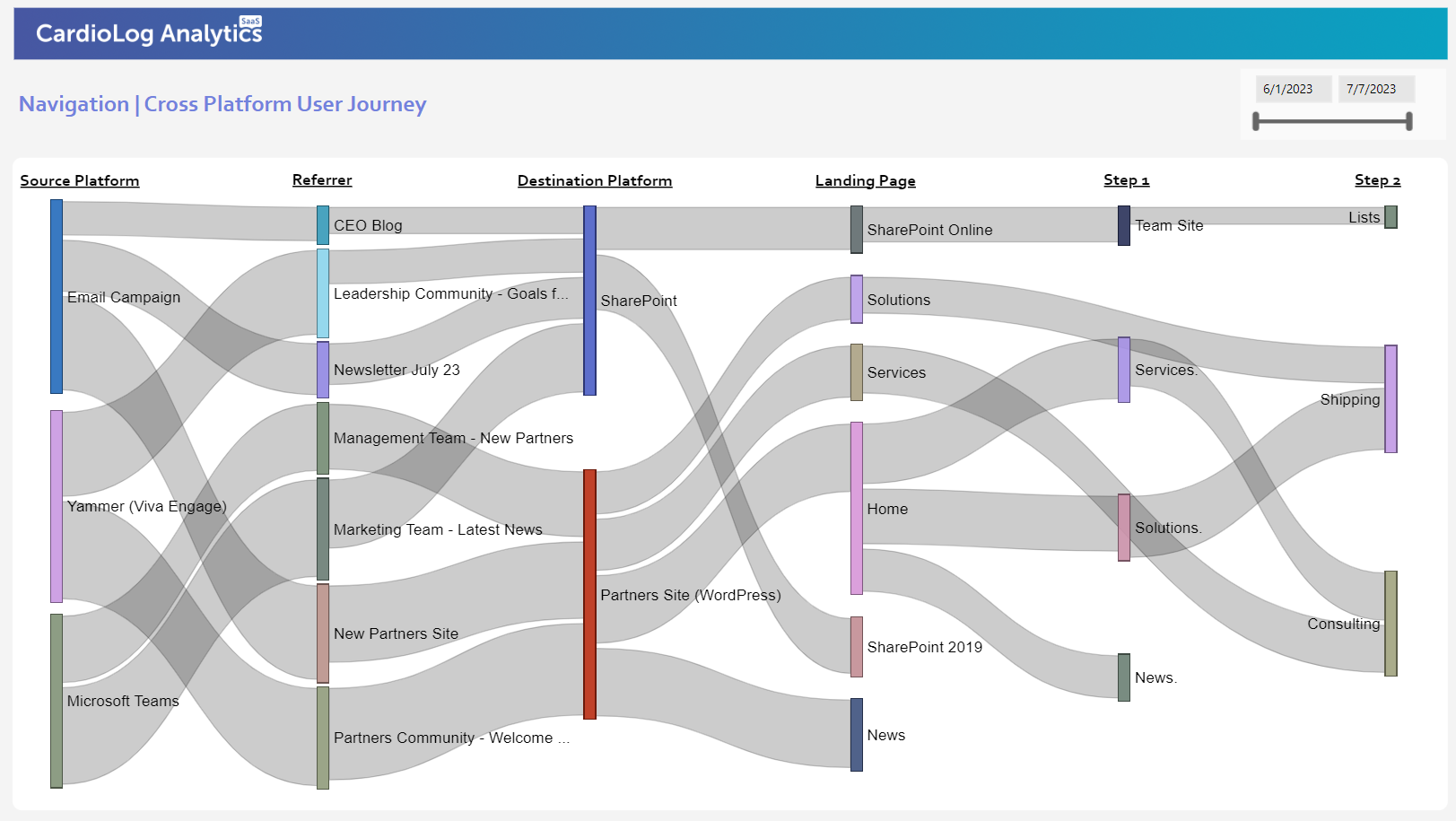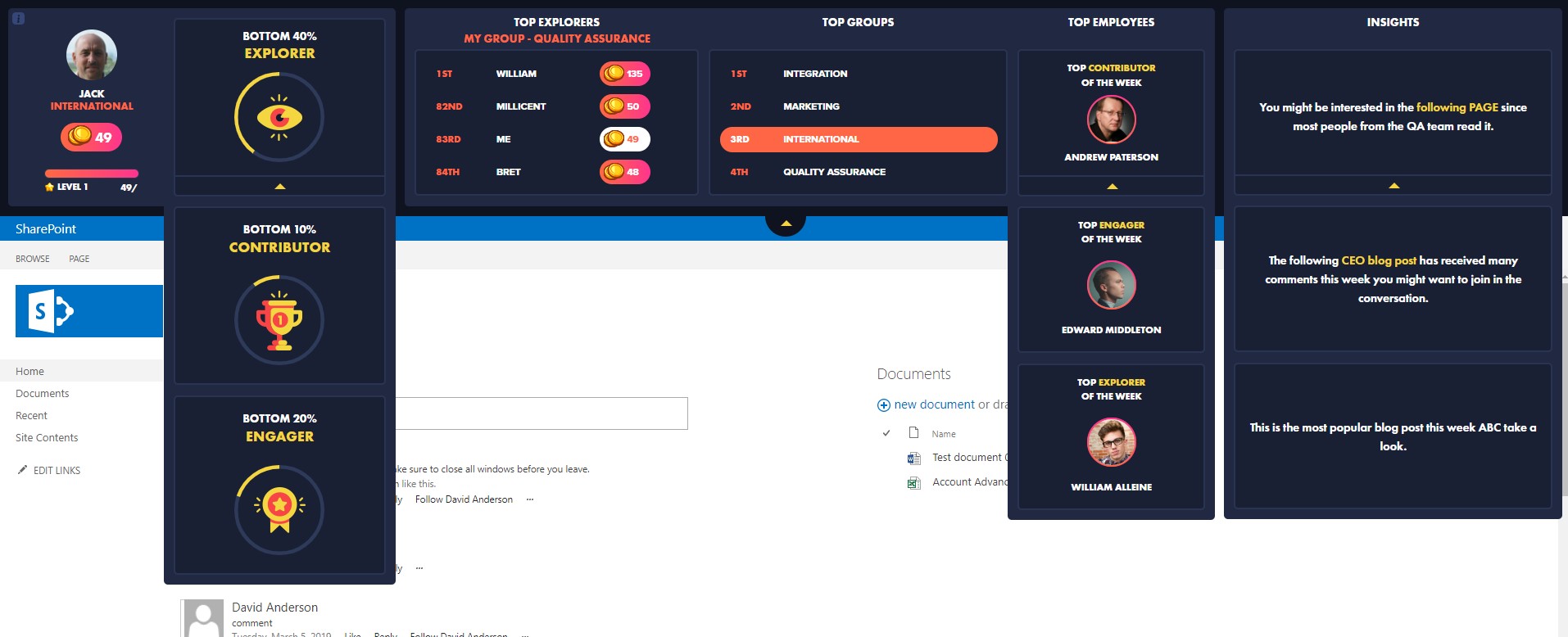In the realm of enterprise collaboration and document management, SharePoint stands out as a versatile platform. However, to truly leverage its capabilities, understanding and implementing the best analytics practices is key. This blog delves into effective strategies and tools for SharePoint analytics, ensuring that businesses can maximize their return on investment, enhance collaboration, and streamline processes.
Understanding SharePoint Analytics
SharePoint analytics involves the collection, analysis, and interpretation of data related to user interactions and content management within SharePoint. This data is crucial for understanding how employees engage with the platform, which in turn informs decisions for improving efficiency and collaboration. Key metrics include page views, document downloads, search queries, and user activity patterns.
Key Benefits of SharePoint Analytics
- Improved User Experience: Analytics helps in identifying popular content and user navigation patterns, allowing for a more intuitive site structure.
- Enhanced Collaboration: Insights into how teams use SharePoint can guide the implementation of more effective collaboration tools.
- Content Optimization: Understanding what content is most accessed and valued helps in prioritizing and maintaining relevant materials.
- Data-Driven Decision-Making: Analytics provide actionable insights for strategic decision-making regarding content management and platform usage.

Read more about » The Benefits of using SharePoint and its Amazing Features
Best Practices for SharePoint Analytics
- Define Clear Objectives: Establish what you want to achieve with SharePoint and how analytics can help in reaching these goals.
- Regular Data Review: Consistently analyze data to keep up with evolving trends and user needs.
- User Behavior Analysis: Track how users interact with the site to optimize navigation and content placement.
- Custom Reports: Utilize SharePoint’s custom reporting features to focus on metrics that matter most to your organization.
- Integrate with Other Tools: Combine SharePoint analytics with other data sources for a comprehensive view of enterprise operations.
- Focus on Security and Compliance: Ensure that your analytics practices comply with data protection regulations.
- Training and User Feedback: Regularly train staff on SharePoint’s features and incorporate their feedback into analytics-driven improvements.
Advanced Analytics Tools for SharePoint
- SharePoint Insights: Offers built-in analytics features for basic tracking and reporting.
- Power BI: Integrates with SharePoint for advanced data visualization and analytics.
- Google Analytics: Can be integrated for detailed website analytics, including user behavior and traffic sources.
- Third-party Tools: Various tools offer specialized analytics features for SharePoint, catering to unique business needs.
Future of SharePoint Analytics
Looking ahead, SharePoint analytics is poised to become more predictive and AI-driven, offering even deeper insights and automation that will further transform how organizations collaborate and manage content.
Implementing best practices in SharePoint analytics is not just about collecting data; it’s about transforming that data into actionable insights that drive better business decisions, enhance collaboration, and optimize content management. By embracing these practices, organizations can unlock the full potential of SharePoint as a powerful tool in their digital workplace arsenal.
Read more about » Empowering Possibilities: A Deep Dive into SharePoint’s Advantages and Dynamic Features














 Follow @cardiolog
Follow @cardiolog 